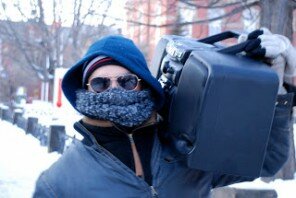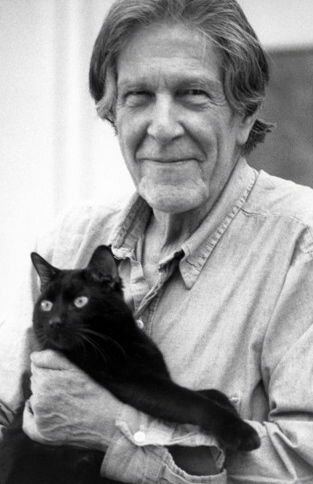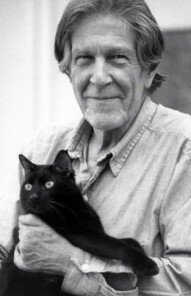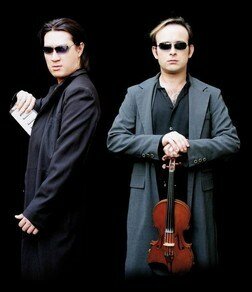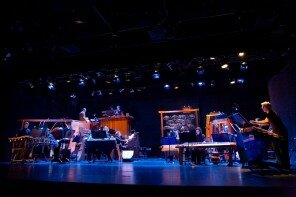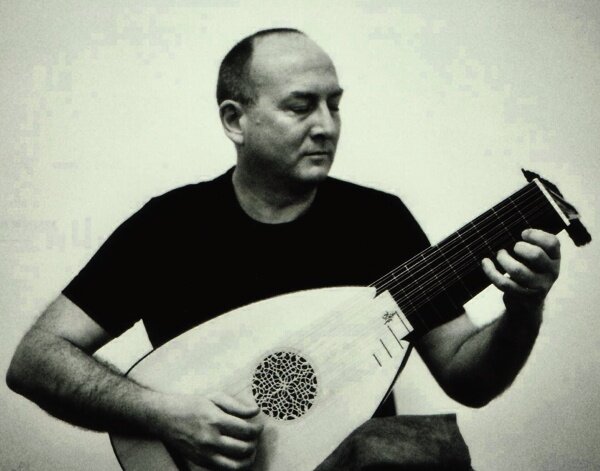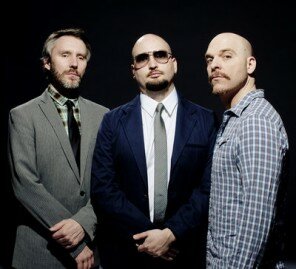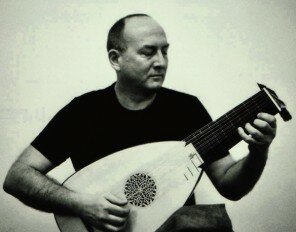On March 29, new music blends with video art, literature, and drama at Wallingford’s Chapel Performance Space. Hosted by contemporary music collective The Box is Empty, this multimedia event features world premieres by two composers, local favorite Nat Evans and New York-based Leaha Maria Villarreal. Both are known for compositions that blend live acoustic music with other elements, from electronic and recorded sounds to video and spoken texts. For Saturday’s concert, the Evans and Villarreal will be joined by video artists Erin Elyse Burns and Rodrigo Valenzuela, whose work accompanies the musical performances.
Founded in 2011 by conductor Jeremiah Cawley, The Box is Empty provides a platform for composers to collaborate, share ideas, and present their work. The Box is Empty has produced several performances around Seattle, from a multi-composer showcase at the Century Ballroom to individual composer spotlights at the Chapel Performance Space. The Chapel’s intimate stage, a longtime hub for the local music and performance art community, provides an ideal setting for Saturday’s concert.
Currently pursing graduate studies in musical composition at New York University, Villarreal has developed a growing presence in New York’s burgeoning new music scene. She’s co-founder and artistic director of Hotel Elefant, a chamber ensemble dedicated to performing works by living composers. Villarreal’s compositions draw inspiration from literature and visual art, often combining acoustic and electronics elements. Saturday’s concert features several of her pieces for strings, including “The Bell for Waking/The Bell for Sleep“, premiered by the JACK Quartet in 2012.
Inspired by Samuel Beckett’s 1961 play Happy Days, “The Bell for Waking/The Bell for Sleep” is named for the mysterious tone that controls the daily routine of the play’s protagonist. Like many of Villarreal’s works, the piece reflects on notions of home, loss, and memory. Saturday’s performance of “The Bell for Waking/The Bell for Sleep” will be accompanied by a new video work by Erin Elyse Burns.
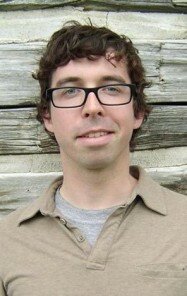
The natural world, particularly the ecological environment of the Pacific Northwest, plays a large role Evans’ compositions. Many of his works are written with specific locations in mind and are intended to be performed outdoors, in the settings that inspired their creation. Other pieces incorporate field recordings collected by Evans during his travels through the region’s wilderness areas.
At Saturday’s concert, Evans debuts “More Comfort”, created in collaboration with writer Chelsea Werner-Jatzke and a group of visual artists. The resulting multimedia composition explores the evolving relationship between technology and the individuals it connects, examining the ways that devices such as televisions and mobile phones are changing the fundamental nature of human communication. Evans’ work blends the sounds of a live chamber ensemble with field recordings, snippets of spoken text, and a series of video pieces by Rodrigo Valenzuela.
Saturday’s performance will be Evans’ last concert in Seattle for awhile. In late April, he embarks on a 5-month collaborative residency on the Pacific Crest Trail, which spans the West Coast from the Mexican border to Canada. During his journey, Evans plans to work on a new composition and make field recordings along different segments of the trail. As he travels up the West Coast, he’ll mail his recordings to fellow composers in California, Oregon, and Washington. These collaborators will each compose a musical response. Together with Evans’ piece, these compositions form a musical account of Evans’ journey and the diverse ecological habitats he encounters along the trail.
Anchored by the ongoing Wayward Music Series, the Chapel Performance Space hosts a diverse variety of performances and events each month. Other upcoming concerts include a program of water-inspired music by Doug Wieselman on April 3, and an April 11 appearance by the GRID ensemble, performing music from the silent film Metropolis.

